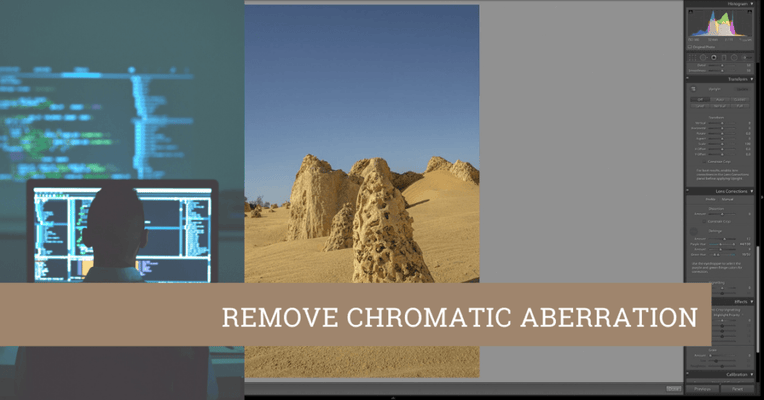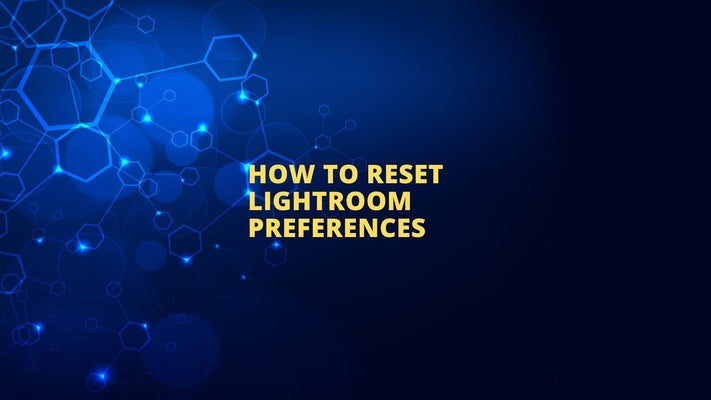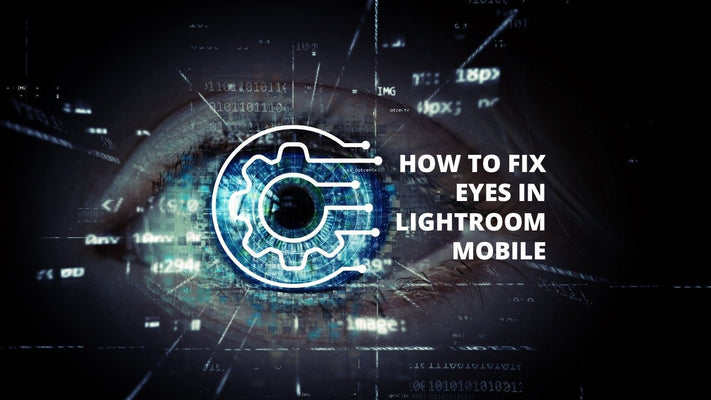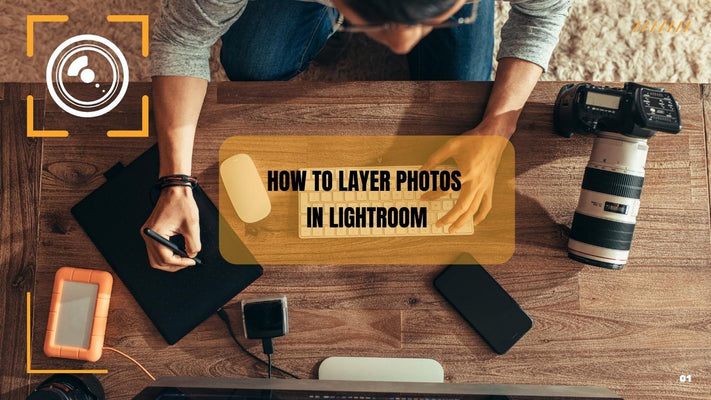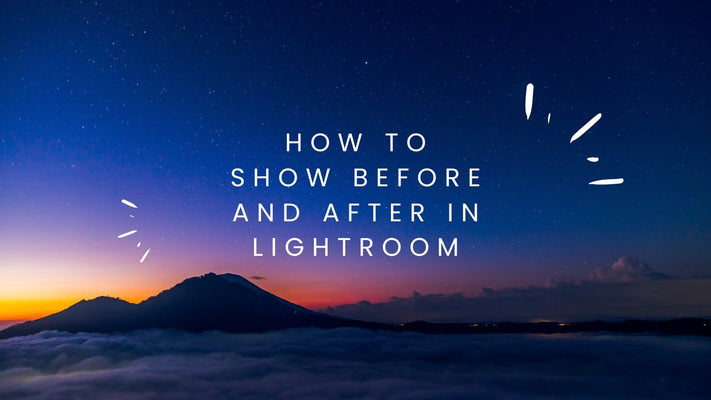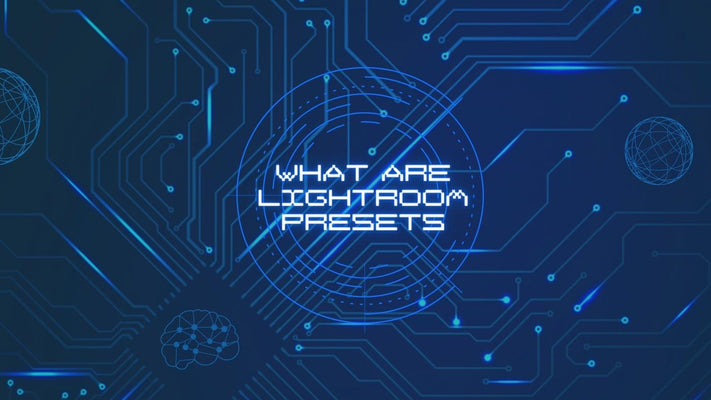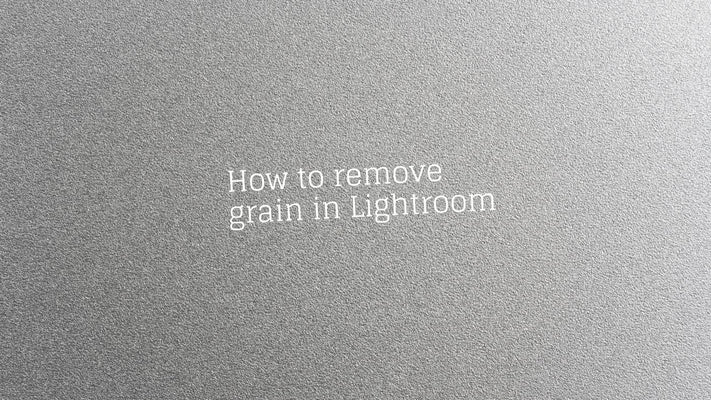How to edit astrophotography Lightroom
How to Edit Astrophotography in Lightroom: A Comprehensive Guide
Astrophotography is a specialized genre of photography that involves capturing photographs of astronomical objects and celestial events. It is challenging and requires specific techniques, both in capturing and editing. Adobe Lightroom is an excellent tool for editing astrophotography due to its range of features and control it offers over the editing process. In this guide, we'll explore the steps and techniques to edit astrophotography in Lightroom.
Understanding Astrophotography
Astrophotography typically involves long exposure times to capture faint celestial bodies against a dark sky. The images often feature elements such as stars, galaxies, and constellations. Editing these photos involves enhancing the visibility of these celestial bodies and reducing the noise generated by long exposure times.
How to Edit Astrophotography in Lightroom
- Import your Astrophotography Image: Start by importing your astrophotography image into Lightroom. Click on 'File' > 'Import Photos and Video', navigate to where your image is saved, select the photo, and click 'Import'.
- Adjust the Basic Settings: After importing, move to the 'Develop' module. Start with the 'Basic' panel on the right side. Adjust the 'Temperature' slider to give the image a cooler or warmer feel as per your preference. Increase the 'Exposure' to brighten the image and make the stars more visible.
- Increase Contrast: To make the stars stand out more, increase the 'Contrast'. Be careful not to overdo it, though, as it might cause the darker areas to lose detail.
- Adjust the Highlights and Shadows: In astrophotography, 'Highlights' control the brightness of the brightest parts of the image, like the stars or the Milky Way. 'Shadows', on the other hand, control the darker areas of the photo. Try reducing the highlights and increasing the shadows to add depth to the image.
- Fine-Tune Whites and Blacks: 'Whites' and 'Blacks' control the brightest and darkest points in your image, respectively. Adjust these sliders to bring out more details in the Milky Way or other celestial bodies.
- Boost the Clarity and Dehaze: Increase 'Clarity' to add mid-tone contrast, which can help make the stars and the Milky Way stand out. The 'Dehaze' tool can also be useful in reducing atmospheric haze and bringing out the details in the sky.
- Adjust the Tone Curve: The Tone Curve is a powerful tool for controlling the tonal range and contrast of an image. For astrophotography, a common technique is to create a slight 'S' curve to add contrast.
- Play with HSL/Color Panel: Use the 'HSL' (Hue, Saturation, and Luminance) panel to enhance the colors in your image. This panel is particularly useful for bringing out the colors of the Milky Way.
- Noise Reduction and Sharpening: As astrophotography often involves high ISO settings and long exposures, noise can be a problem. Use Lightroom's 'Noise Reduction' tools to reduce noise. After reducing the noise, use the 'Sharpening' tool to bring back some details.
- Lens Corrections and Transform: Apply 'Lens Corrections' to rectify any lens distortion. The 'Transform' tool can be used to adjust any skewed perspectives.
- Use Radial Filter or Adjustment Brush: To emphasize certain areas, like the Milky Way or a constellation, use the 'Radial Filter' or 'Adjustment Brush'. These tools can add exposure, clarity, and sharpness to your area of choice.
- Crop and Straighten: You may need to crop your image to improve the composition. Use the 'Crop' tool to do this. Also, use the 'Straighten' tool to ensure your horizon line is straight if it features in your image.
- Add Vignetting: Adding a vignette can help focus attention on the central elements of your image, like a particular star cluster or the Milky Way. Go to the 'Effects' panel and adjust the 'Amount' slider under 'Post-Crop Vignetting' to add a vignette.
- Final Touches with Calibration Panel: The 'Calibration' panel at the bottom of the Develop module is a powerful tool that tweaks the colors of your image at a fundamental level. You can use it to add final touches to your image.
- Export the Image: Once you've made all the necessary edits, you're ready to export your image. Go to 'File' > 'Export' to open the Export dialog box. Choose your desired settings and click 'Export'.
These are the general steps to follow when editing astrophotography images in Lightroom. Keep in mind that these are just guidelines. The specifics can vary greatly depending on the image you're working with, the effect you're trying to achieve, and your personal style as a photographer.
Conclusion
Lightroom is a powerful tool that provides a wide range of features for editing astrophotography. The editing process involves several steps, from basic adjustments like exposure and contrast, to more complex tasks like color grading and noise reduction. While this might seem complex, with practice, you'll find that Lightroom offers an efficient and flexible workflow for enhancing your astrophotography images. Happy editing!


